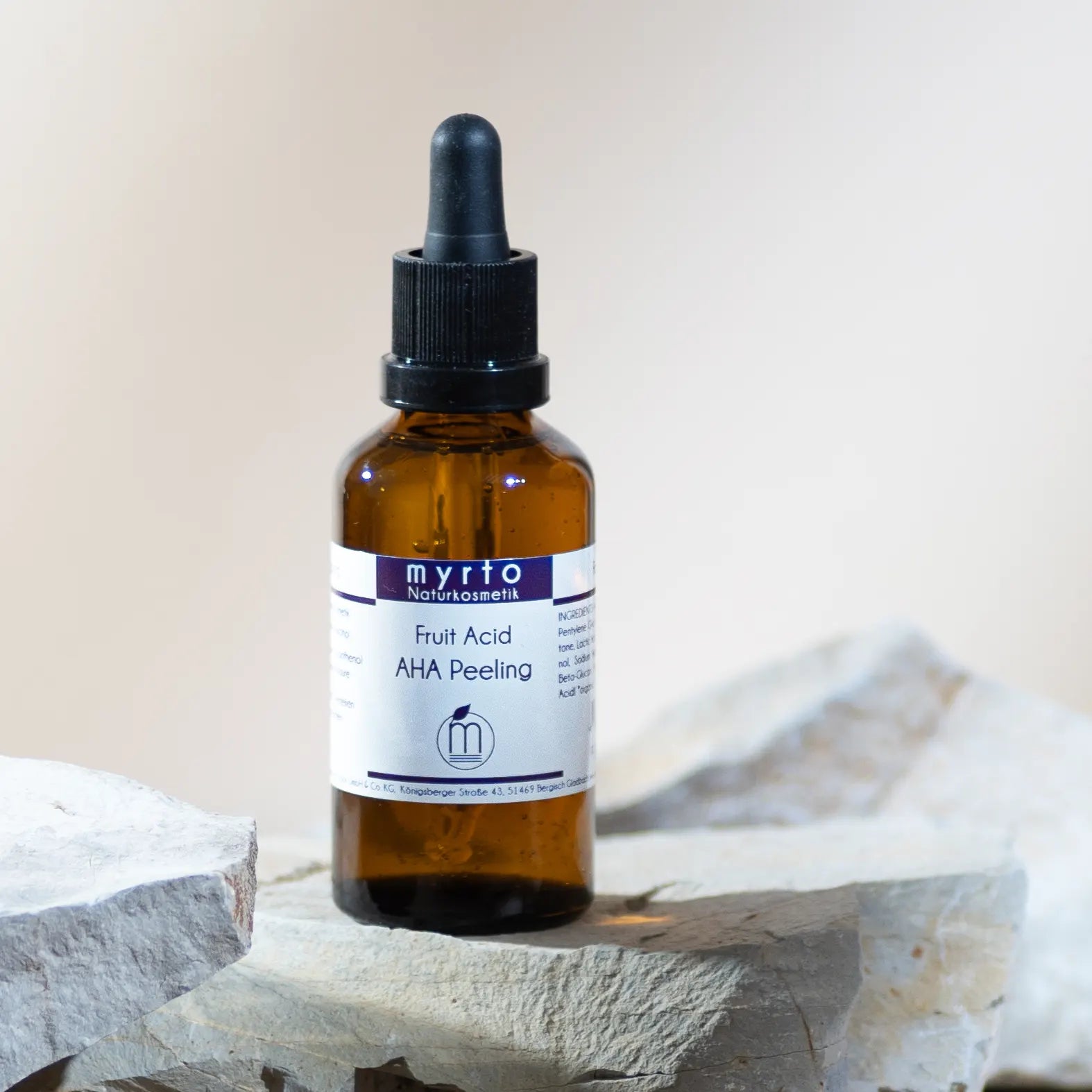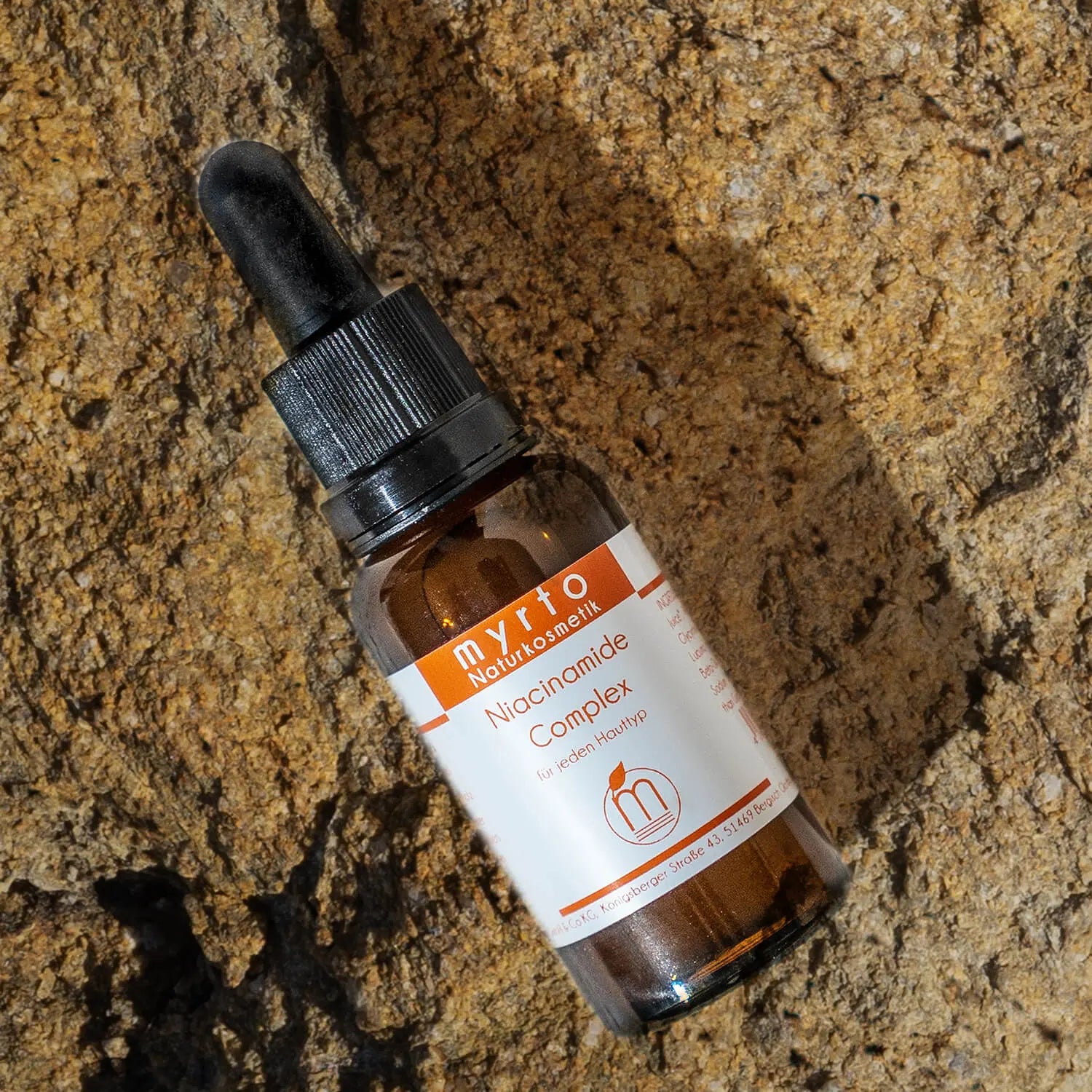
Natural benefits of facial scrubs
A facial scrub promotes skin renewal, the key to radiant, healthy skin. Gentle exfoliation removes dead skin cells, promotes cell regeneration, and ensures a fresh complexion. Choosing the right scrub can effectively improve your complexion and optimally prepare it for subsequent care products.
Why is facial scrub so important?
Our skin is constantly renewing itself, leaving dead skin cells on the surface. Without regular removal of these cells, skin can appear dull and uneven. A good facial scrub offers important benefits:
- Gently removes dead skin cells
- Stimulates blood circulation
- Supports skin regeneration
- Refines pores and improves skin appearance
- Helps skincare products penetrate the skin better
The right peeling application ensures that the skin looks fresh, even and radiant.
Important ingredients for an effective peeling
A high-quality scrub contains skin-friendly active ingredients that improve and nourish the complexion. Here are some particularly effective ingredients:
- AHA (alpha hydroxy acids, e.g. glycolic or lactic acid): Mild fruit acids help to gently remove dead skin cells and promote skin renewal.
-
BHA (beta hydroxy acids, e.g. salicylic acid): Particularly effective for oily or blemished skin as they penetrate deep into the pores and unblock clogs.
-
PHA (polyhydroxy acids, e.g., gluconolactone): for a particularly mild chemical peel. PHAs also have antioxidant properties, moisturize, and strengthen the skin barrier. They are also suitable for rosacea and sensitive skin.
What types of facial scrubs are there?
There are different types of peels depending on your skin type and needs. Here are the most important ones:
1. Mechanical peels
Mechanical exfoliators contain fine particles that gently massage in dead skin cells. They are particularly suitable for normal to oily skin, but not for sensitive facial skin. Examples of exfoliating particles:
-
Fine sea salt or sugar crystals
-
Ground fruit kernels (e.g. apricot kernels)
-
Microfine silica particles
2. Enzyme peels
These peels contain enzymes from fruits like papaya, pumpkin, or pineapple that gently dissolve dead skin cells. They are particularly gentle and therefore especially recommended for sensitive skin.
3. Chemical peels
Chemical peels use AHAs from natural fruit acids or BHAs such as salicylic acid from purely plant-based sources to renew deeper skin layers and specifically treat skin concerns. Third-generation chemical peels include PHAs, which have antioxidant effects, provide the skin with additional moisture, and improve skin texture. Depending on their composition, chemical peels containing BHAs, AHAs, and PHAs are ideal for acne, pigmentation spots, or dull, rough skin with enlarged pores.
4. Gommage peelings
This gentle method involves applying a scrub, which is then rubbed off after a brief exposure time. This gently exfoliates dead skin cells.
5. Peeling pads
Pre-made peeling pads usually contain chemical active ingredients and are particularly practical for quick application.
The right facial scrub for every skin type
Oily or impure skin
-
Best choice: Chemical peels with BHA or enzyme peels
-
Goal: Regulate sebum production and clean pores
Dry skin
-
Best choice: Gentle AHA/PHA peels or enzyme peels with nourishing ingredients
-
Goal: Strengthen the skin barrier, improve skin moisture content and gently exfoliate
combination skin
-
Best choice: A combination of BHA, AHA and PHA acids
-
Goal: Balance between dry and oily skin areas
Sensitive skin
-
Best choice: PHA, enzyme or gommage peels
-
Goal: Gentle removal of dead skin cells without irritation
Application tips for an effective peeling
To ensure your facial scrub works optimally, follow these steps:
-
Prepare your skin: Cleanse your face with a mild cleanser to remove makeup and dirt.
-
Apply a scrub: Use a scrub preferably in the evening, as exfoliation makes your skin more sensitive to UV radiation. Apply a chemical peel in gentle, circular motions and let it work.
-
Pay attention to the exposure time: Mechanical peels are washed off immediately, while chemical peels should be left on for at least 10 to 15 minutes. You may experience some tingling or redness on your skin initially. After you get used to it, you can leave the peel on overnight without washing it off.
-
Rinse thoroughly: Use lukewarm water and a soft towel to remove the scrub.
-
Care for your skin: After exfoliating, apply a moisturizing treatment or serum.
-
Don't forget sunscreen: After a peel, your skin is more sensitive to UV radiation. Therefore, use an SPF 30+ during the day.
Common facial peeling mistakes and how to avoid them
To keep your skin healthy, you should avoid the following mistakes:
-
Exfoliating too often: Once or twice a week is enough to avoid over-irritating your skin.
-
Rubbing too hard: Gentle movements are enough to exfoliate your skin.
-
Unsuitable peeling for your skin type: Choose a product that suits your skin needs.
-
No moisturizing afterward: After peeling, your skin needs intensive care.
Conclusion: Facial peeling for improved skin appearance
Regular facial exfoliation can visibly improve your skin. It removes dead skin cells, promotes cell renewal, and gives you a healthy glow. Choose an exfoliator that's tailored to your skin type and use it at the right frequency to ensure optimal skin care.
Want to take your skincare to the next level? Then incorporate a high-quality, natural facial scrub into your routine—for radiant, healthy skin!





